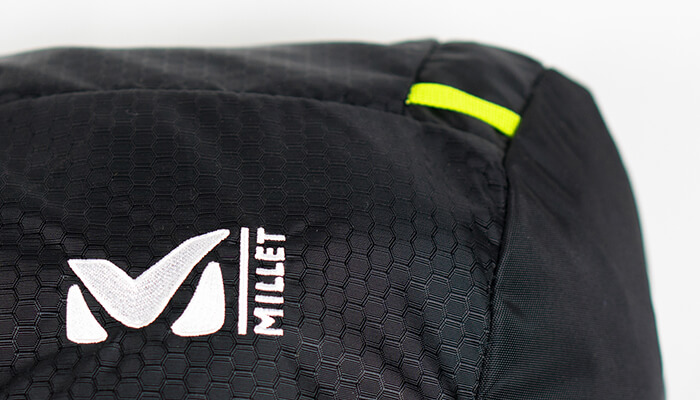
First Look: MILLET UBIC 60+10 A new and bold step from a prestigious group that continues to attack
table of contents
Innovation backed by extensive experience and technology
I focused on this pack at the end of last year. This was because it was selected as one of the best gears of 2014 by the US Outdoor Gear Web Magazine Gear Institute. Speaking of Millet, I personally think that despite being a prestigious outdoor manufacturer with a history of nearly 100 years, the packs released to the public are not only legitimate packs, but also MATRIX asymmetrical designs and KHUMBU's KHUMBU's open flap, making it a brand new and often eccentric, making it an uncomplicated manufacturer that makes every effort to create something new and unusually strange. The innovative features and designs based on the experiences of frontline climbers and mountaineers on the ground sometimes stand above the user's perspective, but this is also very popular as it is not overlying the name of a prestigious family.
However, since the release of this pack was selling well beyond the manufacturer's expectations, and it quickly disappeared from the market, so I was about to give up thinking there was no way to get it, but I was able to borrow samples and photos from the manufacturer (Rahma Millet). So this time, we would like to present a breaking review before the actual trial in the field.
Breaking News Review
Item name (price)
MILLET UBIC 60+10 (27,000 yen (base price) + tax)
Main Specifications
| item | Specifications and ratings |
|---|---|
| Fabric | 3 Line Honeycomb Nylon 210D, Oxford Nylon 420HD, Oxford Polyester 1200D |
| Color | Black (BK) |
| size/rear length | W26/H61/D26cm Back length: U=43-53cm (adjustable) |
| capacity | 60+10L |
| weight | Approximately 1800g |
| Variations |
*Please note that functions may vary slightly depending on the capacity. |
Asymmetrical design (front)
The most distinctive feature of this pack is the asymmetrical structure that can be seen immediately from the front. The design is not simply an eccentric one, but the design is a result of the pack's carefully designed to make it easier to store a variety of gear, including the outside of the pack, in order to "transport the equipment used for climbing and base camp efficiently and stably."
A clever lid (canopy)
The top has a pocket for small items as well as a pack cover that is stored in advance, making it convenient. You can also attach a mat or crampon by passing it through a string or elastic.
Easy to remove opening
There is a zipper at the opening so that you can quickly remove the item even when the mouth is tight.
Various pockets
There is a deep pocket on the left side of the pack, and a large zipper pocket on the right side and front. The hip belt on the right has a pocket for small items, making it extremely easy to store.
Adjustable shoulder harness
A shoulder harness that can be adjusted to fit the length of the back.
External attachments such as pickel skis and snowshoes
The front and sides have a wide variety of belts as well as pockets. The left side can be tied with thin gear such as poles and snow axes, while the right side can be tied with large gear such as tent mats and snowshoes. There is also a ring on the front that can securely hold the skis.
This is amazing!
At first glance, it may be difficult to make the package different from other packs, but that's the exact opposite. I'm sure there's no pack that's more beginner-friendly than this pack The reason for this is precisely because of the wide variety of pocket straps, and the highly storage capacity that cannot be imitated . Packing is a surprisingly difficult task for beginners, and it requires experience and ingenuity to fill in bulky tools without any gaps and to keep them in order, considering the balance of weight when carrying them on your back, but with this backpack, this effort will definitely be reduced. For example, a large, bulky tent mat can be tied to the side with a large strap, long items and water bottles can be used as pockets and straps on the sides, and accessories you want to take out quickly on a hip belt, and the fantasies of "I wish there was a pocket like this" have been embodied up until now. I think using this pack will actually not improve packing. However, once you get used to it, you'll be able to make your own ideas and this is a group of seven colors of pocket straps that will even stimulate your creativity. What's more, the pack be used all-purpose, from long traverses to winter backcountry . With one pack, it can handle almost any activity, making it extremely versatile, and generally it is the perfect pack for first-time purchases for users who are planning to use it for a long time.
Another thing is that I haven't tested this thoroughly, but it feels good when carried on my shoulders and waist. It's not just the bare minimum of what is called a lightweight pack, but the thick cushioning of the hip belt is especially effective, so you can imagine it can withstand long-term walking.
This is not good
- The hip belt buckle is thin strap, so the fit when tightened is poor. Since I had been wearing a highly cushioned belt, I wish this was a normal, thick buckle too.
- The volume of the main storage area is small (just the editorial department has experienced). This is something you can just understand, but it is unlikely to have the same capacity as a 70-liter pack of a single compartment, so if you are using it to avoid going out of gear for stream climbing or climbing, you may not be able to fully enjoy the benefits of this pack.
- Although the durability has not been confirmed, I have no idea about it, but I am not sure about the fact that it uses thin 210D (denier) fabric to reduce the weight (for MILLET, which had the impression that it was sturdy), so I was worried that some verification would be necessary.
- There are many variations in capacity, but it's a bit disappointing that there are too few variations in color.
Summary: What kind of people do they recommend?
The range of use of this pack is very broad, and can be used in technical activities such as spring and fall traversing, climbing, and winter traversing, backcountry skiing, and variations. As I mentioned earlier, this pack is perfect for beginners to choose as their first one. And for experienced users, you can feel that they know, and that's what I recommend.
The capacity is a little too big for a day trip or staying at a hut, so it's the perfect size for climbing over 2-3 days (hawks) or staying in a tent. However, there are a wide variety of capacity options, so you can choose the 30L size for day trips.
We also recommend this article about backpacks
- How to choose a mountain climbing backpack that won't make a mistake and 10 recommended for beginners
- 10 lightweight backpacks recommended for those who are about to start fast packing
- From day hiking to everyday use, 10 latest recommended daypacks [Classic & unique]
- Comparison review: Comparing the best introductory backpacks for those just starting to climb
- Comparison review: Comparing lightweight backpacks perfect for light mountain hiking and fast packing


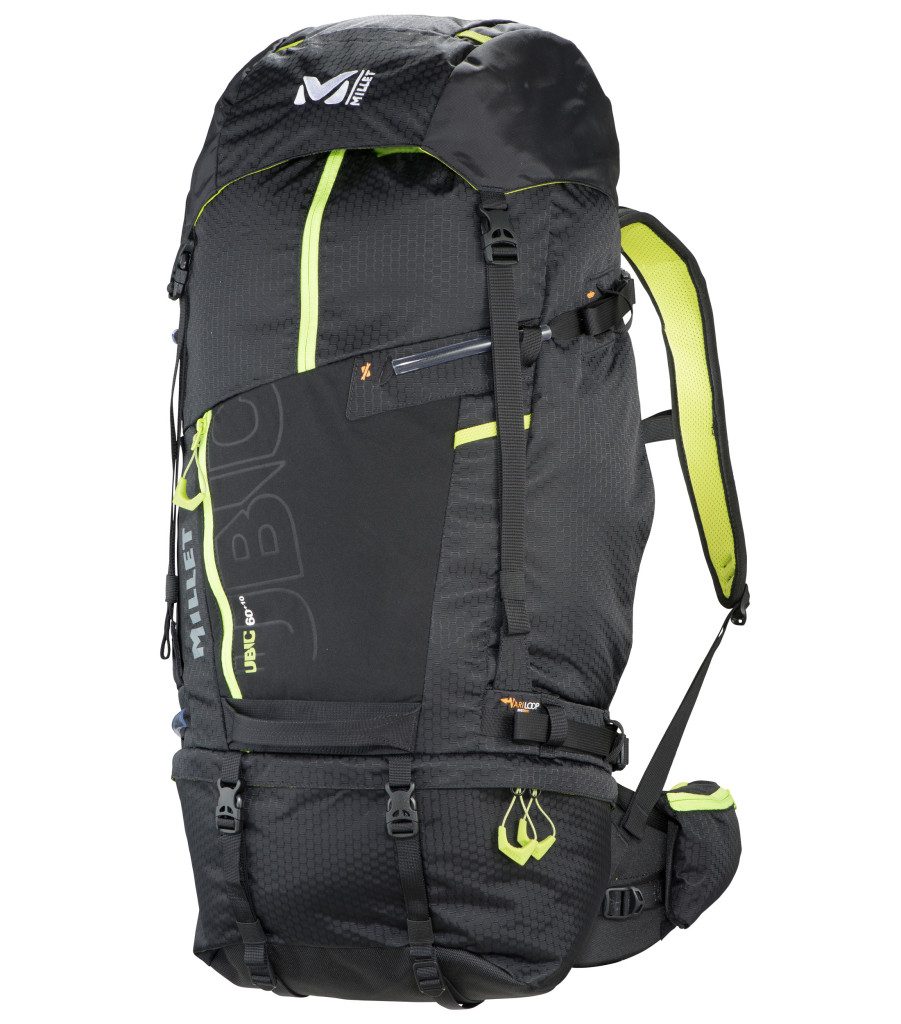

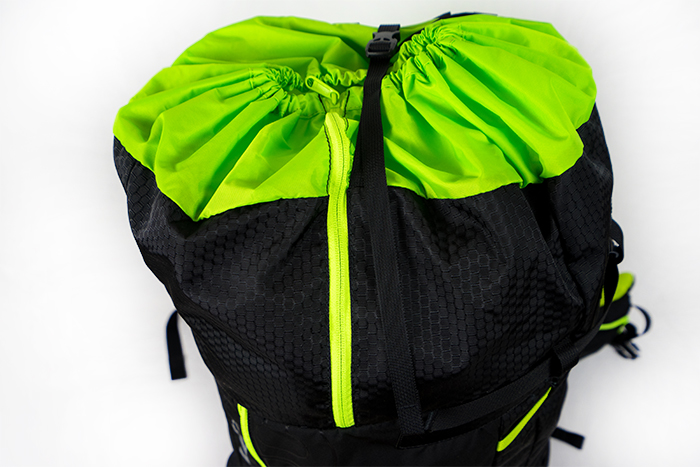

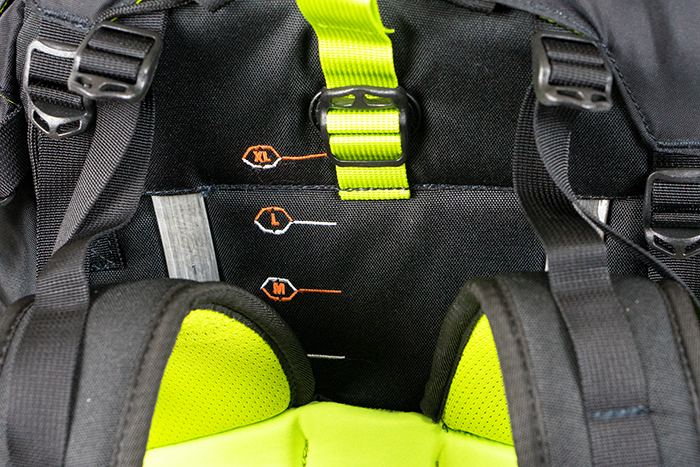

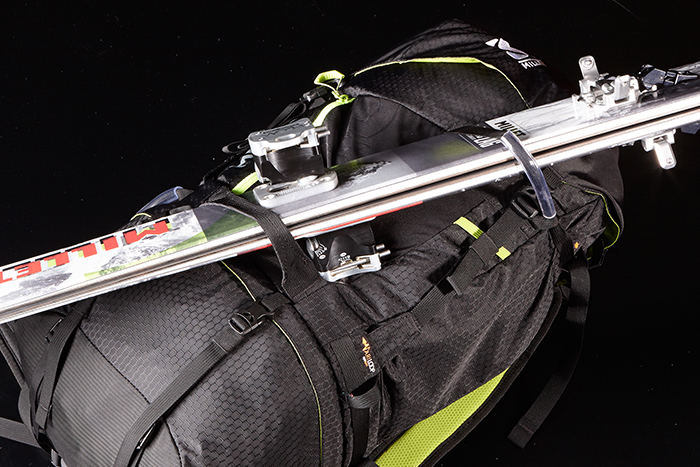

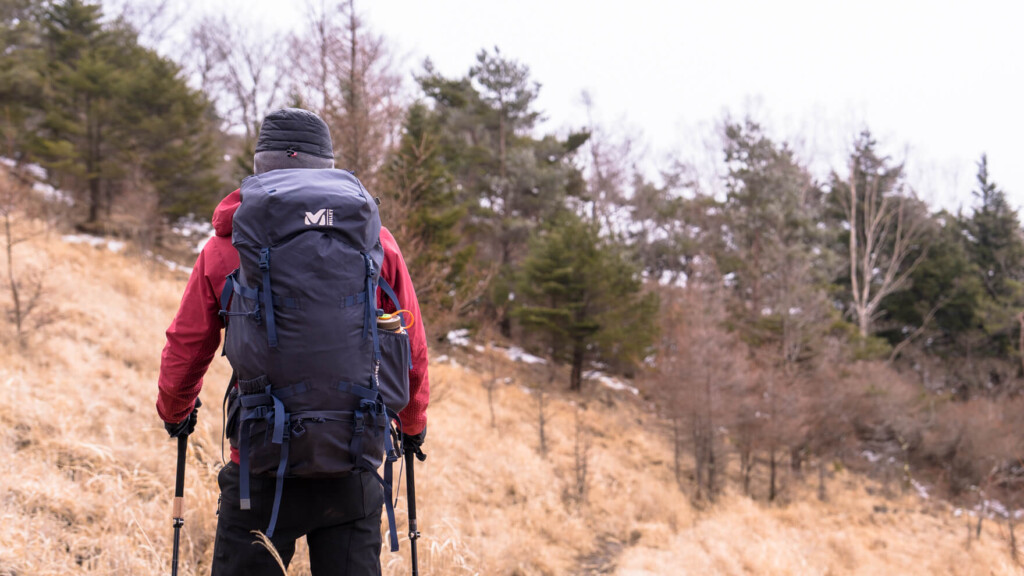 [Not forbidden review] MILLET Saas-Fee NX 40+5 A solid all-around backpack that can be relied on in any activity or season.
[Not forbidden review] MILLET Saas-Fee NX 40+5 A solid all-around backpack that can be relied on in any activity or season. Review: MILLET TYPHON 50000 "Lightweight, waterproof, breathable, stretchy" All-weather jacket and pants are all in the future
Review: MILLET TYPHON 50000 "Lightweight, waterproof, breathable, stretchy" All-weather jacket and pants are all in the future First Look: Lightweight, comfortable and functional. You can't take your eyes off the diverse lineup of MILLET's new lightweight backpacks
First Look: Lightweight, comfortable and functional. You can't take your eyes off the diverse lineup of MILLET's new lightweight backpacks Review: MILLET Breather Toy Hoodie It can be said to be the decisive hit for autumn and winter wear. Active insulation jacket with ultra-water-repellent function
Review: MILLET Breather Toy Hoodie It can be said to be the decisive hit for autumn and winter wear. Active insulation jacket with ultra-water-repellent function